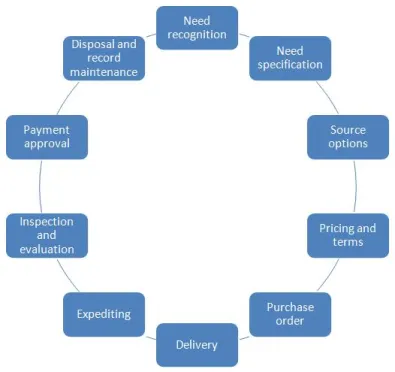Business Process Management Best Practices: A Comprehensive Overview
- donnariekepro
- Jun 14, 2024
- 3 min read
In the competitive landscape of modern business, efficiency and agility are paramount. Business Process Management (BPM) is a discipline that helps organizations streamline operations, enhance productivity, and adapt to changes swiftly. Implementing BPM effectively, however, requires adherence to best practices that ensure processes are optimized and aligned with organizational goals. This comprehensive overview delves into the best practices for BPM to help businesses achieve operational excellence.
1. Align BPM with Organizational Goals
The foundation of successful BPM is its alignment with the broader goals of the organization. Every business process should contribute to achieving strategic objectives. This alignment ensures that BPM initiatives are not just about improving efficiency in isolation but are also enhancing the company’s overall performance. Start by defining clear, measurable objectives for each process, and ensure these are in sync with the company's mission and vision. Regularly review and adjust processes to stay aligned with evolving business goals.
2. Engage Stakeholders Early and Often
Effective BPM requires the involvement of stakeholders at every stage. This includes not only the management but also employees who are directly engaged in the processes. Engaging stakeholders early ensures that their insights and feedback shape the BPM initiatives, making the processes more practical and user-friendly. Regular communication helps in managing expectations and fosters a culture of collaboration and continuous improvement.
3. Map and Analyze Existing Processes
Before implementing any changes, it’s crucial to have a thorough understanding of current processes. Process mapping is a vital step in BPM that involves documenting the existing workflows in detail. Use tools like flowcharts, diagrams, and BPM software to visualize processes. This mapping helps identify bottlenecks, redundancies, and inefficiencies. Once mapped, analyze these processes to understand their performance and pinpoint areas for improvement.
4. Focus on Customer Needs
Ultimately, the effectiveness of BPM should be judged by its impact on customer satisfaction. Design processes with the end-user in mind, ensuring that they add value from the customer’s perspective. This customer-centric approach helps in creating processes that are not only efficient but also enhance the customer experience. Gather feedback from customers regularly and use this data to refine and improve processes continually.
5. Implement Incremental Changes
Large-scale process overhauls can be disruptive and risky. Instead, adopt a strategy of incremental changes. Implementing smaller, manageable changes allows for testing and refinement without causing major disruptions. This approach also makes it easier to measure the impact of each change and adjust accordingly. Use pilot projects to test new processes before a full-scale rollout.
6. Leverage Technology
Technology is a critical enabler of effective BPM. Utilize BPM software and tools to automate routine tasks, monitor process performance, and facilitate communication. Automation can significantly reduce the time and effort required for manual processes, leading to improved efficiency and accuracy. Additionally, advanced analytics tools can provide insights into process performance and identify further opportunities for optimization.
7. Train and Empower Employees
The success of BPM initiatives largely depends on the people involved. Provide comprehensive training to employees on new processes and tools. Empower them with the knowledge and skills they need to perform their roles effectively within the new framework. Encourage a culture of continuous learning and improvement where employees feel valued and are motivated to contribute to process optimization.
8. Monitor, Measure, and Improve Continuously
BPM is not a one-time project but an ongoing effort. Establish key performance indicators (KPIs) to monitor the effectiveness of processes continuously. Regularly review these metrics to assess performance and identify areas for improvement. Implement a feedback loop where insights from process performance are used to make iterative improvements. This continuous cycle of monitoring, measuring, and improving ensures that processes remain efficient and aligned with business goals over time.
Conclusion
Implementing BPM best practices can transform the way an organization operates, leading to enhanced efficiency, agility, and customer satisfaction. By aligning processes with organizational goals, engaging stakeholders, leveraging technology, and focusing on continuous improvement, businesses can achieve operational excellence and maintain a competitive edge in the market. BPM is a journey of ongoing refinement and adaptation, and organizations that commit to these best practices are well-positioned for long-term success.
SITES WE SUPPORT
SOCIAL LINKS




Comments